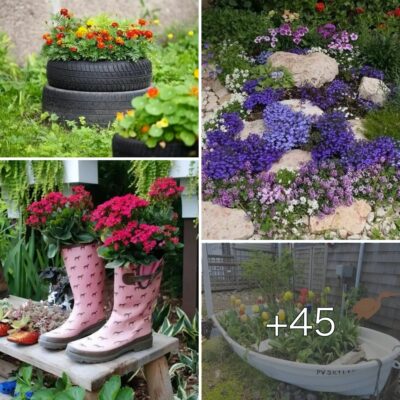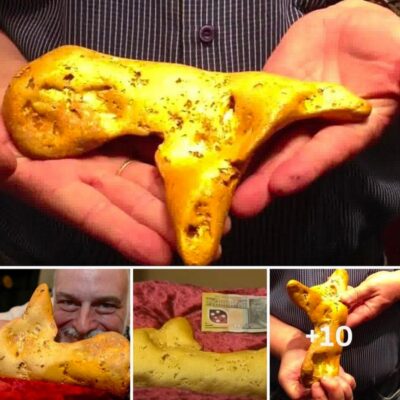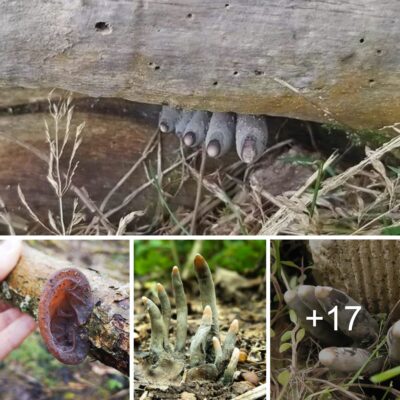A MYSTERIOUS temple has been discovered among the ruins of an ancient sunken city described as the “Egyptian Atlantis”.
Heracleion off Egypt’s north coast slumped into the sea some 1,200 years ago and was lost for centuries until divers stumbled upon what’s left of it in 2000.

Studies of its sprawling ruins have been ongoing ever since, though we still don’t know much about the once-great port town.
Now archaeologists have announced a series of astonishing new finds at the underwater site.
They’ve uncovered the remains of a Greek temple, as well as several boats brimming with treasures like coins and jewellery.
Ancient columns, 2,000-year-old pottery and bronze coins from the reign of King Ptolemy II (283 to 246 BC) were also found.

11Egypt’s lost city of Heracleion was abandoned around 1,200 years ago

A treasure trove of bronze coins were also found at the siteCredit: Christoph Gerigk/FrankGoddio/Hilti Foundation
Heracleion is mentioned in a smattering of ancient texts, but was thought to be the stuff of legend for well over a millennium.
Sitting at the entrance to the Nile river, the city was said to be Egypt’s main international trading port, sporting towering statues, enormous temples and a maze of bustling canals.
In one of history’s greatest archaeological finds, a French scientist rediscovered the sunken city in the 1990s.
Buried under centuries of Nile silt, many of the ruins and artefacts dragged from its murky depths remain perfectly preserved thousands of years later.
Underwater archaeologists used a high-tech scanning device to uncover new parts of the ancient settlements, Egypt’s Ministry of Antiquities reported this week.
Sections of the city’s main temple were revealed, as well as a handful of new ports, helping the team to expand its ever-growing map of the ancient city.
Artist’s impression of Heracleion. The city was crisscrossed with canals that allowed boats to collect goods on their way to and from the NileCredit: Franck Goddio/Hilti Foundation, Graphic: Yann Bernard

A bronze coin found at HeracleionCredit: Christoph Gerigk/FrankGoddio/Hilti Foundation

11Scientists examining a sunken building at HeracleionCredit: Christoph Gerigk/FrankGoddio/Hilti Foundation
Shipwrecks dating to the 4th Century BC were found to hold jewellery, coins and crockery.
It’s believed Heracleion was lost to the ocean over several centuries.
Earthquakes and tsunamis battered the ancient port, saturating the silt under its foundations and causing buildings to collapse.
Rising sea levels then gradually swallowed the city until it was abandoned in the 8th Century AD, roughly 1,000 years after it was built.

An ancient statue pulled from Heracleion as part of the researchCredit: Franck Goddio / Hilti Foundation

The team have been exploring the site for 15 yearsCredit: Franck Goddio / Hilti Foundation
Several other settlements in the region suffered a similar fate, including the nearby sunken city of Canopus.
As part of their work, archaeologists found the remains of several buildings at Canopus, extending their map of the settlement.
The team plan to publish their findings in an academic journal.
Over the past 15 years, they’ve found 64 ships, 700 anchors, a treasure trove of gold coins, statues standing 16ft tall, and the remains of a huge temple to the god Amun-Gereb at Heracleion.

There are hundreds of artefacts still buried at HeracleionCredit: AP:Associated Press

Artefacts found at the site have been preserved by centuries of Nile siltCredit: Hilti Foundation
The mystery skeleton of a teenage girl was found “squatting” next to bull skulls in an ancient Egyptian pyramid in February.
An Ancient Egyptian coffin was opened for first time in 3,000 years last November to reveal the mummy of priest.
Ancient Egyptians thought holy poo from dung beetles held the secret to immortality.
What else do you think archaeologists will find at Heracleion? Let us know in the comments!











